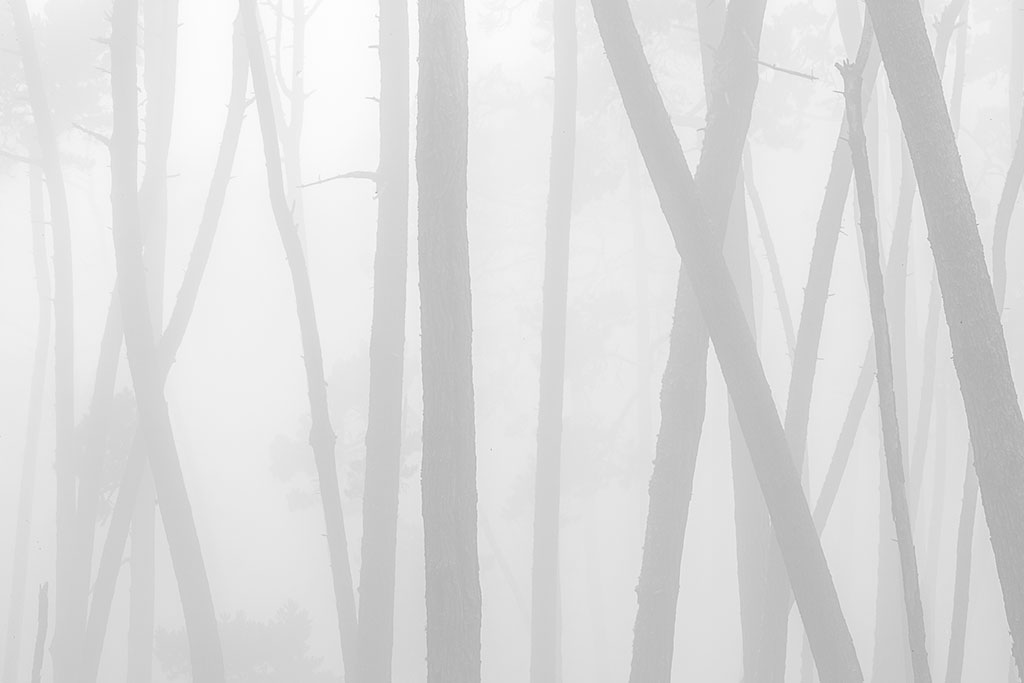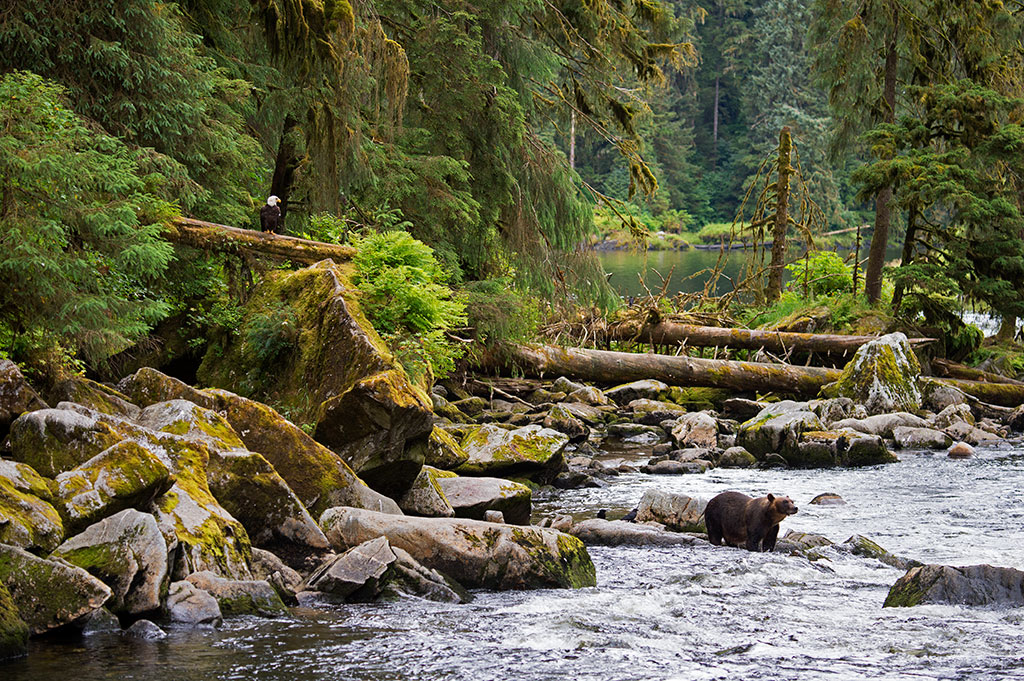Advertisement
Advertisement
Read Next

Curating Your Images Will Improve Your Photography. Here’s How
Curating your images well is a critical...
Close Encounter With Bear Gives Photographer A Jolt (& A Great Image)
Ever stumbled across an animal...
5 Ways to Create Stunning Photos Using New Angles
Even a small change in perspective can...
When Does a Photo Become a Work of Art?
When does a photo become a work of art?...Advertisement


Watch What You Photograph!
Yellow-bellied sapsucker.
One of my favorite quotes is from famed baseball player Yogi Berra, known for his memorable quips: “You can observe a lot just by watching.”
A great joy of wildlife photography is the element of surprise and discovery. You never know what you might witness, especially if you sit for a long spell and observe.
Photography invites you into a near-meditative state, where at times you may feel as if you merge with a creature through your camera—as you track it, anticipate or guess at its movements and react to the flow of action. You can’t help but learn intimate details of a species’ natural history or an individual’s personality.
What if we leaned into our photography outings as a way to discover something new and visually document it? What if, through the making of one image or several sequential images, we could tell a story that illuminated a fascinating, little-known aspect of a species?
Going into it with this mindset means setting aside agendas and simply being open to what you find. It means being curious and receptive to learning—adopting a sort of “beginner’s mind.”
Look For Stories
Years ago, I found a tree not far from my home that held a story. Heavily marked by sap wells, this tree was regularly visited by a mated pair of yellow-bellied sapsuckers. I parked about 20 feet away, stayed in my car and rested my 600mm lens attached to a 1.4x teleconverter on the windowsill. I was careful not to disturb the birds, both for their sake and mine.
I wanted them to continue visiting so I could photograph them inserting their beaks into the wells, collecting the sugary sap and then flying to the adjacent forest to their nest. I could hear the begging calls of their nestlings.
As I took photo after photo, I realized that these sapsuckers were arriving to the tree with insects held in their beaks—and were actually dipping these insects into the sap. They were creating the perfect protein and sugar combo for their chicks! I found this absolutely brilliant. Back home, I researched this behavior extensively in the scientific literature and could only find a couple of obscure references to it. And I couldn’t find other images depicting it. BirdWatching later found it a noteworthy story and published it.
Spend Time Discovering
Sometimes you may stumble upon something special. This happened to me in Costa Rica when I came upon a howler monkey that appeared to be eating the placenta of her newborn infant. I reached out to scientists that specialize in this species, uncovered by a quick search on the internet. After looking at a number of my photos, these scientists confirmed the behavior and remarked how fortunate I was to witness and photograph this rarely observed occurrence. In return, I offered my photos to them for their talks.
It’s more often the case, though, that discovering something truly interesting calls for an investment of time. It may mean sticking with a subject and a story, returning to it again and again. You’re less likely to witness unusual or little-seen behavior if you’re not spending serious time with your subject. Just make sure that you’re either concealed by some kind of blind or camo at a good distance so as not to inhibit or disturb behavior or working with a tolerant subject that is used to humans.
One of the best ways to determine whether our presence is inhibiting vital life processes such as protecting or feeding offspring is to establish “baseline behavior,” that is, a standard of behavior that normally occurs. It serves as a guideline against which to compare the results when a new, independent variable—your presence—is introduced. The only real way to do this is to spend time watching from a distance before you move closer for photos.
Observe how the animal behaves normally when it’s not feeling impinged on. How does it look when it’s relaxed? What about when it’s alarmed? How often is it feeding its young? Every bit of data you gather will mean you can better detect changes in normal behavior in the future. Long lenses and teleconverters are often necessary, as the more reach you have, the further back you can stay.
Goldfinch after a meal of poppyseeds.
Be A Detective
Sometimes your observations and documentations may simply raise questions. This summer, I spent time in a friend’s garden, photographing a goldfinch flock avidly digging into poppyseed capsules. Poppies, of course, yield opium through the milky latex in these capsules. Traces of the latex can be found on the poppyseeds.
One goldfinch I photographed after it feasted for a while suddenly remained motionless for about 20 minutes, her eyes half-lidded for periods of time. I couldn’t help but wonder if she were in an altered state, just as cedar waxwings are after eating fermented berries. Then again, maybe she was just sleepy. Whatever the case, the reward is sometimes simply found in raising new questions to ponder.
Personally, I feel it’s very exciting to think that as wildlife photographers, we can be participating in “science by discovery,” that our hobby or profession can result in visual data and not just pretty pictures. The fact is, as nature photographers, we often spend more time in the field than biologists do. They are often tied to the computer with little time or funding to be in the field.
Our immersion in nature, and our careful examination of details, can yield important revelations. What a thrill to reflect that we can take our photos further and advance knowledge and appreciation of the creatures we photograph.
To see more of Melissa Groo’s photography and learn about workshop opportunities, visit melissagroo.com.